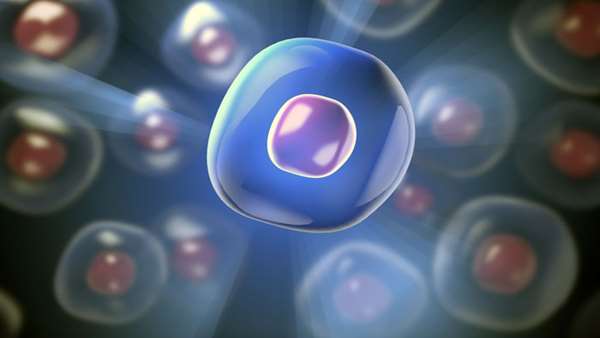Study sheds light on damage linked to aging
Some of the damaging cell effects linked to ageing could be prevented by manipulating tiny parts of cells, a study shows.
Some of the damaging cell effects linked to ageing could be prevented by manipulating tiny parts of cells, a study shows.
Scientists have shed light on how the harm caused by senescence – a vital cell process that plays a key role in diseases of ageing – could be controlled or even stopped.
Researchers say the findings could have relevance for age-related diseases including cancers and diabetes, although they caution that further research is needed.
During senescence, cells stop dividing. This can be beneficial in assisting wound-healing and preventing excessive growth.
Some aspects of senescence are also harmful and can lead to tissue damage and the deterioration of cell health as seen in diseases of older age.
Scientists at the Medical Research Council"s Human Genetics Unit and the Cancer Research UK Edinburgh Centre at the University of Edinburgh focused on a chain of harmful processes triggered by senescence, known as the senescence-associated secretory phenotype (SASP).
The SASP is a cascade of chemical signals that can promote damage to cells through inflammation.
The researchers showed that manipulating a cell"s nuclear pores– gateways through which molecules enter the heart of the cell – prevented triggering of the SASP.
Findings also show that DNA had to be reorganised in space within in the cell"s nucleus in order for the SASP to be triggered.
Researchers say the study sheds light on the fundamental workings of the cell and could be instrumental in understanding cell ageing.
The study is published in Genes and Development.
Reference:http://genesdev.cshlp.org/content/33/3-4/144





ارسال به دوستان